A new species of titanosaur has been named and described this week based on a partial skeleton unearthed in the Atacama Desert of northern Chile. The dinosaur has been named Arackar licanantay which translates as “Atacama bones” in the indigenous Kunza language.
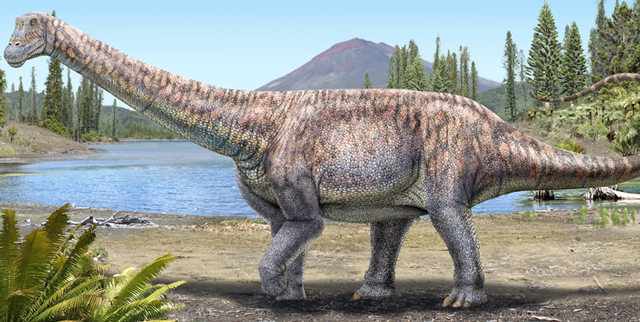
The Second Titanosaur from Chile to be Named
As far as Everything Dinosaur team members are aware, this is the second titanosaur to be named and described from fossil remains found in Chile. The first was Atacamatitan chilensis, fossils of which were discovered at the beginning of this century. Although Atacamatitan is only known from fragmentary remains, the alignment, shape and skeletal position of the femur in relation to the hips are very similar to that of Arackar, so, Atacamatitan was probably closely related to Arackar licanantay, although its fossilised remains were found many hundreds of miles to the north.
Three Chilean Dinosaurs to Date
In total, three non-avian dinosaurs have been described from fossil remains discovered in Chile. The other dinosaur making up this trio is the peculiar Chilesaurus (Chilesaurus diegosuarezi), which is know from Jurassic deposits in the Aysén region of southern Chile. To read about the discovery of Chilesaurus: Chilesaurus – Shaking the Dinosaur Family Tree.
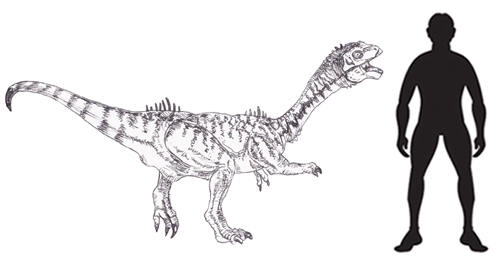
Arackar licanantay – “Atacameño Bones”
Writing in the journal “Cretaceous Research”, scientists from the National Museum of Natural History (Chile), the Palaeontological Network of the University of Chile and the Dinosaur Laboratory of the National University of Cuyo describe a partial skeleton from the Upper Cretaceous (Campanian–Maastrichtian) beds of the Hornitos Formation, Atacama Region, of northern Chile. The holotype material consists of cervical and dorsal vertebrae along with limb bones and the ischium. The dinosaur’s name translates as “Atacameño bones” in the language of the indigenous Kunza people.
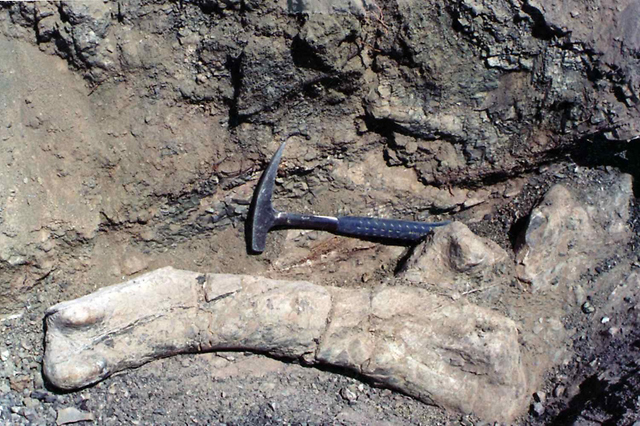
A Sub-adult Specimen
The fossils were found in the 1990s by national geologist Carlos Arévalo (National Geology and Mining Service), at a site around 45 miles south of the city of Copiapó, (Atacama Region). The bones represent a sub-adult individual estimated to have been around 6.3 metres in length. Although the adult size of Arackar is not known, it has been suggested that when fully grown, this herbivorous dinosaur would have been around 8-9 metres long, relatively small for a titanosaur.
Arackar was certainly no giant unlike other titanosaurs such as Dreadnoughtus, Notocolossus or Argentinosaurus which lived millions of years earlier. The discovery of this dinosaur helps to support the idea that towards the end of the Cretaceous (Campanian to Maastrichtian stages), these types of dinosaurs got smaller, perhaps in response to climate change.
Bone Dry
The fossil site might be located in one of the driest parts of the world, but when Arackar roamed (sometime between 80 and 66 million years ago, the age of the Hornitos Formation is uncertain), the climate was much more humid with the lush vegetation consisting of many types of flowering plant (angiosperms), conifers such as araucarias and podocarpaceae as well as ferns and cycads.
Chile may have only three non-avian dinosaurs described to date, but the scientists are confident that many more genera will be named. For example, close to the Arackar fossils, the remains of a second, as yet undescribed titanosaur were discovered.
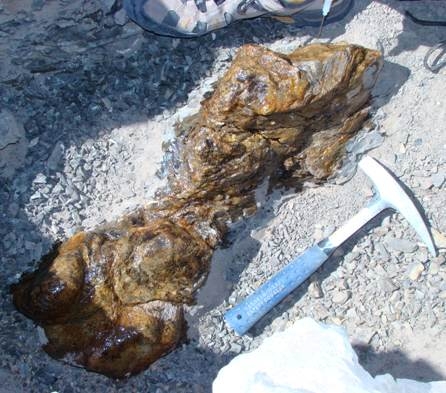
Commenting on the significance of this discovery, Consuelo Valdés, the Minister of Culture, Arts and Heritage stated:
“This finding is a relevant opportunity to learn about and disseminate the value of our country’s palaeontological heritage, which is unique in the world. But, at the same time, we hope to motivate curiosity and interest in research in children and young people. Chile in the extreme north and south has palaeontological treasures still hidden in layers many millions of years old. These bones can tell the story of the animals and plants that have lived in our country long before the first human groups arrived here.”
South America – Home to the Titanosaurs
The scientific description of Arackar licanantay may have important implications for the taxonomy and phylogeny of the clade of derived and advanced titanosaurs known as the Lithostrotia. Of the eighty or so genera of titanosaurs named and described so far, fifty-five come from South America but most have been found to the east of the Andes in Brazil and Argentina.
Unique autapomorphies (traits) in the skeleton such as the shape of the dorsal vertebrae that would have given this dinosaur a very straight withers and back indicate that A. licanantay is not only closely related to Chile’s other titanosaur – Atacamatitan chilensis, but also to Rapetosaurus from the Late Cretaceous of Madagascar and Isisaurus (from India).
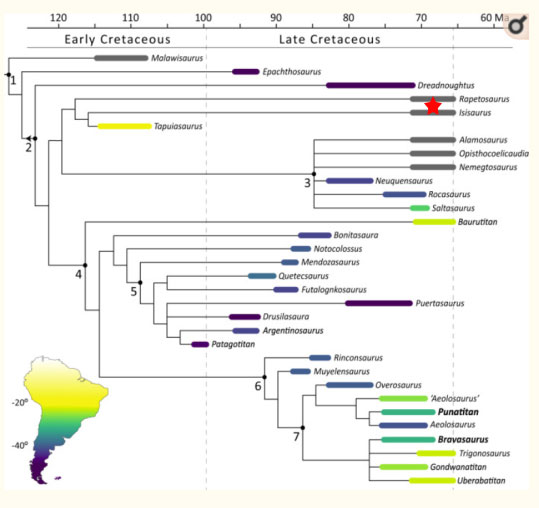
Co-author of the paper, Alexander Vargas (Palaeontological Network of the University of Chile), commented that it would be helpful if palaeontologists could understand the biogeographical distribution that allowed related titanosaurs to be so widespread.
Everything Dinosaur acknowledges the assistance of a media release from the Universidad de Chile in the compilation of this article.
The scientific paper: “Arackar licanantay gen. et sp. nov. a new lithostrotian (Dinosauria, Sauropoda) from the Upper Cretaceous of the Atacama Region, northern Chile” by David Rubilar-Rogers, Alexander O. Vargas, Bernardo González Riga, Sergio Soto-Acuña, Jhonatan Alarcón-Muñoz, José Iriarte-Díaz, Carlos Arévalo and Carolina S. Gutstein published in Cretaceous Research.






Leave A Comment